a big key to the efficiency of tourne-sol’s farming operation is the team of tractors that enable us to do a lot of work in a short period of time. if you’re like me, they also enable you to have fun (and be safe, of course) driving big machines around.
there are five tractors on the farm, including four four-wheeled tractors and one two-wheeled walking tractor, called a BCS. the tractors are of various provenance, age, and ability, but all are well-maintained by Reid the tractor coordinator. some of them even have affectionate names, such as “Mario,” above.
meet mario
Mario is a Fiat tractor made in 1971. at the time, Fiat was known for flashy sportscars that north american mechanics didn’t understand, or maybe didn’t want to understand. because of this, Fiat tractors were sold under various names, such as Oliver (the tournesol one bears this mark) or White, Heston or Long’s (primarily in the U.S.). Fiat isn’t really written anywhere on Mario’s red body, but its (his? i’m not sure i like gendering tractors) european-ness is evident. sometimes it feels like driving a well-tuned espresso machine.
tractor driving lesson
a farm tractor (of this size) operates in a fairly similar way to a standard-shift manual car, except there are often at least 2 gear boxes.
there is a mechanism called the “clutch” which allows the power of the engine to be coupled and uncoupled from the transmission which turns the wheels (and the system that powers implements behind the tractor. called the PTO). the clutch allows you to change the gears that the engine is operating with, thus changing the operating speeds for different activities, and maximizing fuel efficiency. to actuate the clutch and disconnect the spinning gears from the engine in order to change gears, you press down on the clutch pedal with your foot (which causes the tractor to slow down and almost come to a stop), move the shifter in the gearbox to the next gear level, and then slowly disengage your foot from the pedal. the tractor will then start moving again.
this seems confusing at first, and if you don’t know how to drive a manual car (like me), a little bit alien from the experience of driving a car. there is, simply put, a lot to keep track of, including steering the damn thing.
luigi the landini (or is it lamborghini?)
Mario’s companion is Luigi, a Landini tractor – yes, Italian again – built in the 1980’s. like the Fiat tractors, Landinis were very popular in Québec and are relatively easy to find used. their engines last forever, are relatively easy to understand for the mechanically inclined, and are a compact size yet powerful.
Luigi has one of the best gearboxes of all of the farm’s tractors. instead of Mario’s simple 1-2-3-4-R range of gears (plus high and low), Luigi sports an original and rather artistic rendition of the tractor’s gear ranges.
BACK TO THE SPECIFICS
in Mario’s case, the two gear boxes are straightforward: there is a high and low speed for every gear 1 through 4. in Luigi’s case, there are four large ranges and four smaller ranges, allowing for more finely nuanced tractoring. there are the obvious gears 1 through 4, and then, on the left side of the image above, there are four other gears. one of them appears to be a human walking (although why are her arms pulled back so far behind her?), another appears to be a tractor moving backwards… if you can guess the other two, congratulations. the top right image is a turtle or tortoise, the slowest moving gear. and the final speed: rabbit. this may seem strange, but this kind of iconography (if not its specific modernist/abstract aesthetic) is fairly common among tractors. in this case, slow and steady does not win the race.
Luigi also comes with a helpful chart for tractor speeds pasted right on the driver’s right side of its body.
Luigi also has a secret superpower: something called the “creeper” gear, which is not used for being creepy, but rather to go extreeeemeeeelyyyy sloowwwlllyyyy. this is useful when using the transplanting implement, pictured below. (image source: here). one or two people sit on the back on the implement and take seedlings out of trays, planting them into holes in the ground made by a spinning wheel on the back of the implement. then water is shot into the hole to provide the seedling with some comfort as it gets used to its new home.
the valtra
tournesol farm also has a much more modern, Finnish tractor, acquired in recent years for its four-wheel drive system, front loader, and driver’s cab. the driver’s cab even has an extra seat for your tractoring partner (and/or children). at 70 horsepower, it is also Reid’s favourite tractor, and definitely the most useful for early and late season needs, given its power and protection from the cold.
it is also the most menacing looking of all the tractors.
unlike the other tractors, the Valtra is referred to by its brand name. (apparently there was an effort to start calling it “victor” but the tractor refused).
another important thing to remember about the Valtra: it is used to far more northern climes than ours, and will remind you of this as often as possible, albeit in a secret language few dare to try to understand.
remember: the roof hatch must be open when driving on ice-covered water.
wait a second, that sounds pretty chilly. better wear your toque…
the loveable hefty g
finally, in terms of the four-wheeled tractors, there is the affable, the loveable, the all-around-good-guy, the Hefty G. the Hefty G does not need a nickname. it is its own nickname.
the Hefty G is a tractor with underbelly (front-loading) loading implements, in the case of tournesol farm, mostly the basket-weeder. the basket-weeder is a system of wire “baskets” that turn the soil around the crops, very shallowly at the surface, in order to weed the soil mechanically. it is a very useful system, especially for crops at small stages, or crops without a lot of foliage, such as onions. however, to use it often and efficiently, crops must be planted with the transplanter, in order to make sure they are planted in straight rows at even spacing. otherwise, you’re going to weed the crops – literally.
the Hefty G also has implements behind its wheels to break up the soil after you weed the bed. they look kind of freaky in this photograph, but i assure you the Hefty G would mean you no harm. its only enemies are lamb’s quarter and his cronies.
the Mighty BCS
finally, there is the mighty BCS, or the two-wheeled walking tractor. BCS is the name of the company that manufactures the majority of such two-wheeled tractors, and is in that sense used in the same way “kleenex” is to mean tissues. the BCS is an extremely useful tool for farmers starting out, on small land that is farmed intensively, both because of its size and its affordability in comparison to a tractor. primarily at tournesol it is used for rototilling and preparing beds for planting, however it is possible to buy and use other implements with it.
the BCS can be a challenge to use, especially for those humans with smaller hands, because the clutch is a handle instead of a pedal. in the photo above, sophie is holding down the clutch with her left hand, about to release it and start walking down the bed.
the BCS operates with a small but powerful honda motor in the front, controlled by a couple sets of gearboxes as well, and a spinning set of blades make up its rototilling implement. when it moves and the blades are engaged in spinning, it churns the soil and creates fine clumps, breaking up weeds and aerating the soil, much like a larger rototilling implement behind a tractor would. the major difficulty with the BCS is the clutch, and this can lead to problems when it’s used in a greenhouse, especially if one has to turn around and gets backed into a corner.
i am still learning quite a bit about tractors, especially their implements and their uses. stay tuned for more information in the fall about cover cropping and how to use tractors for all sorts of purposes.

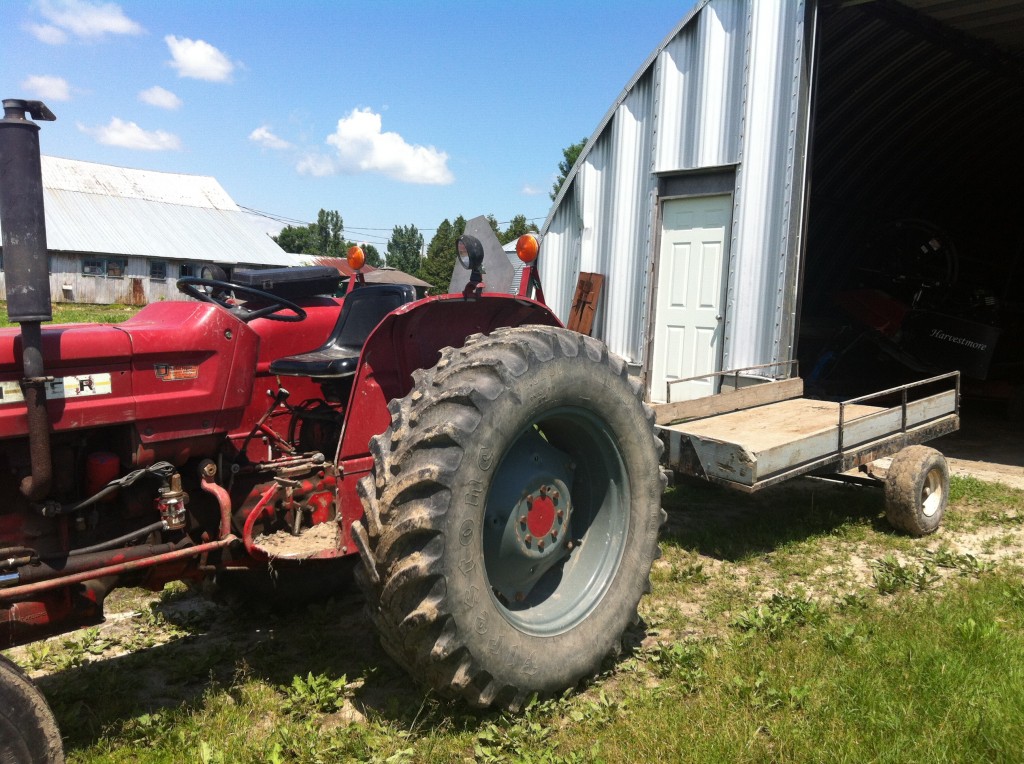


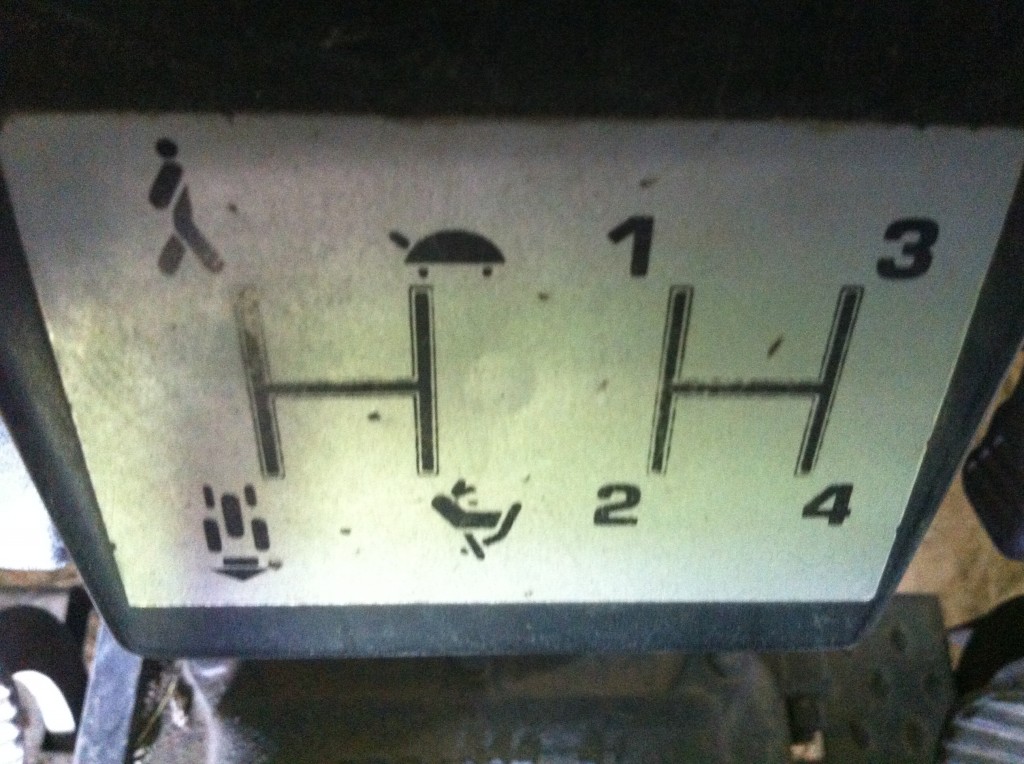
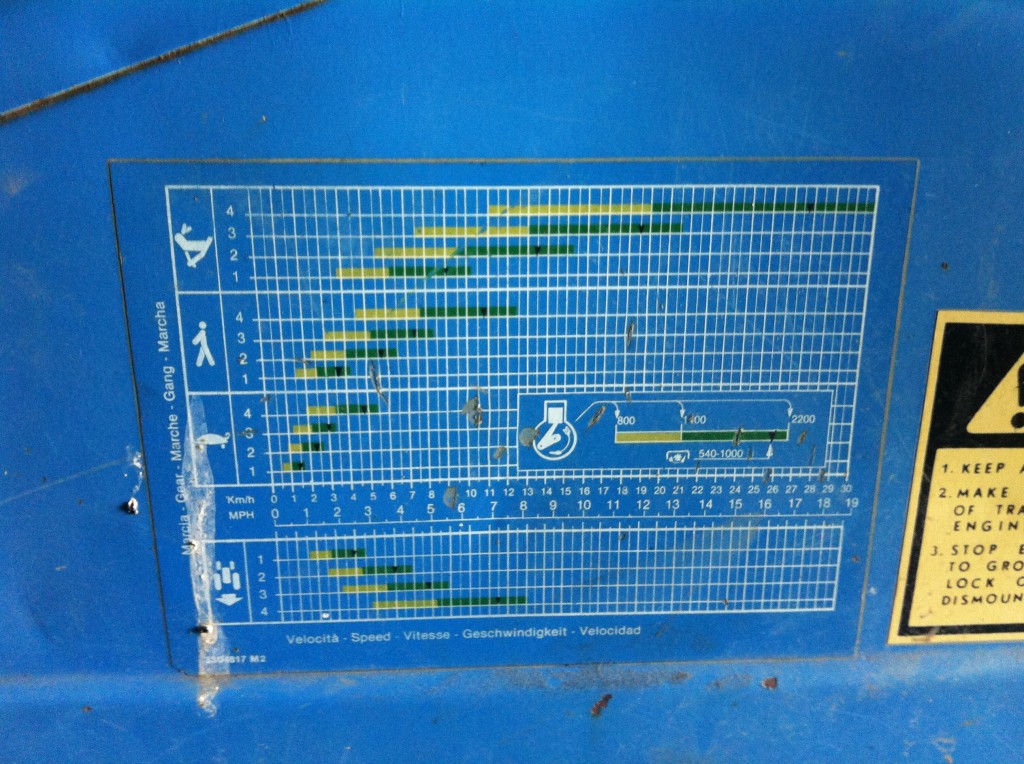

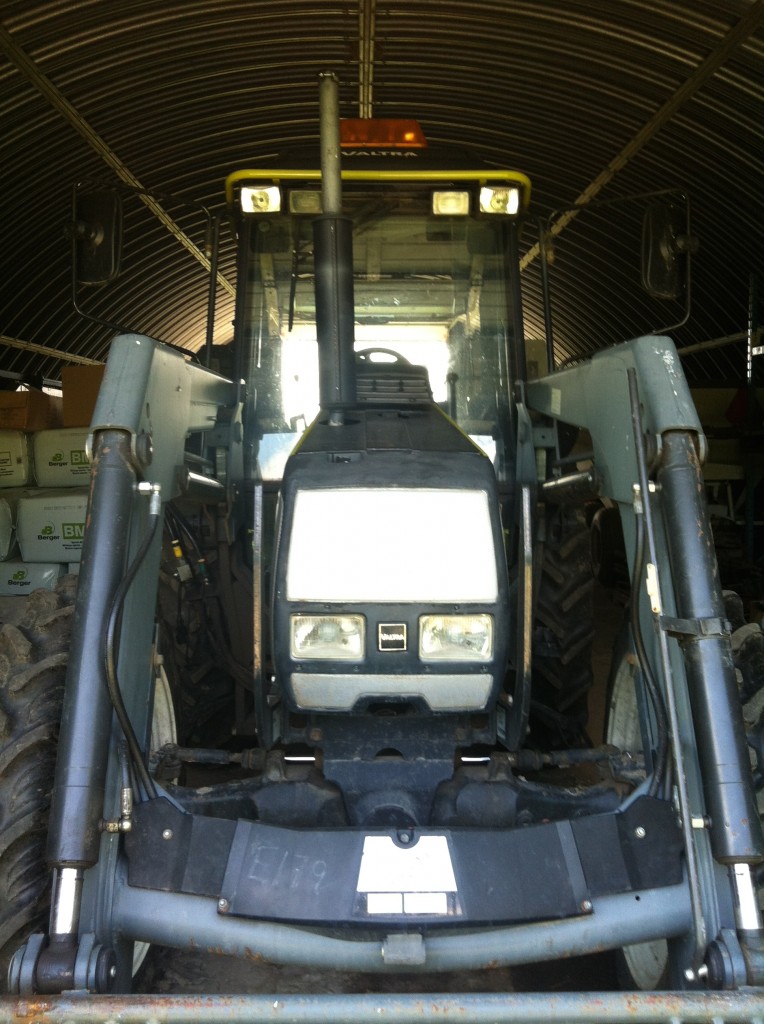
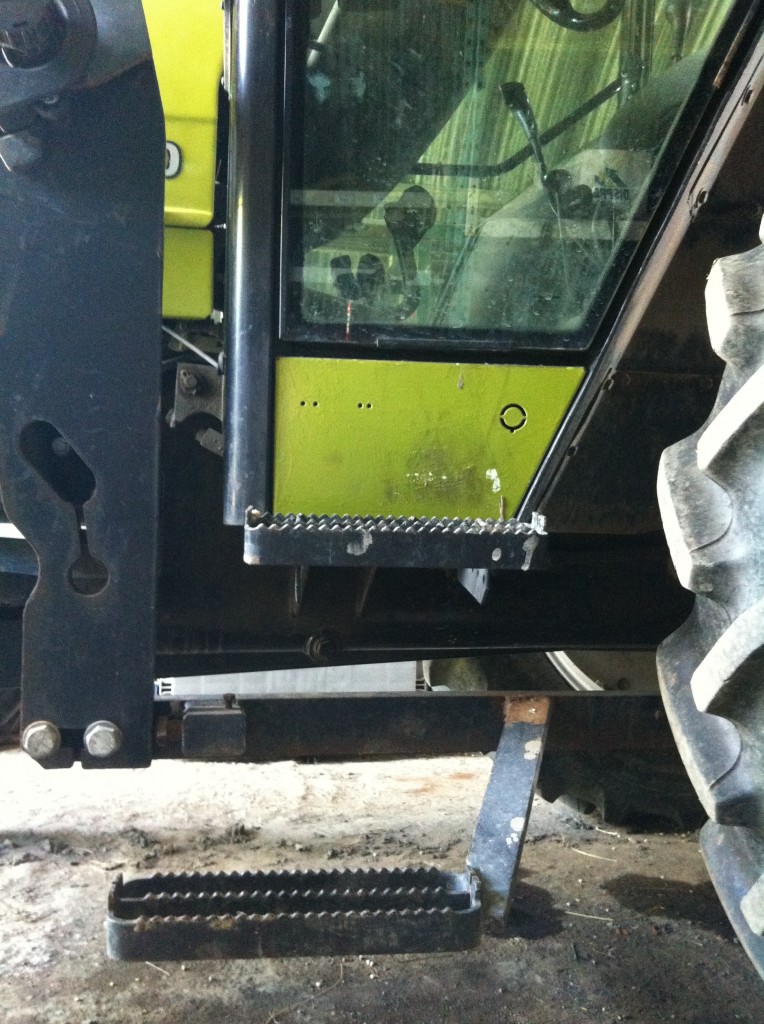

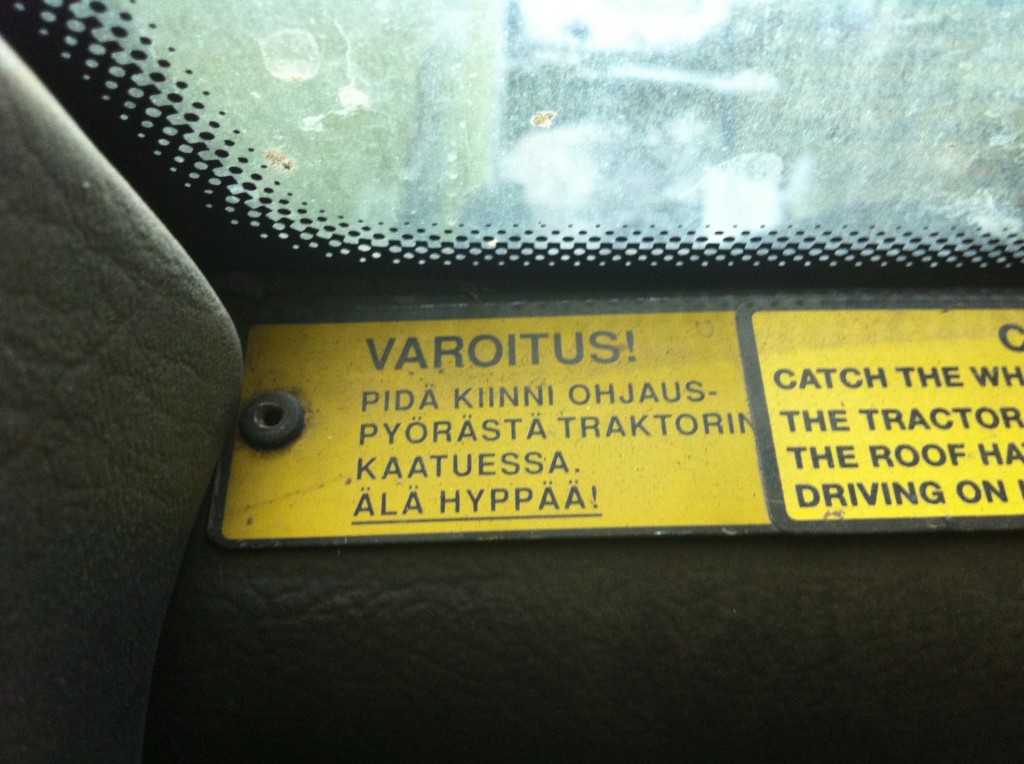
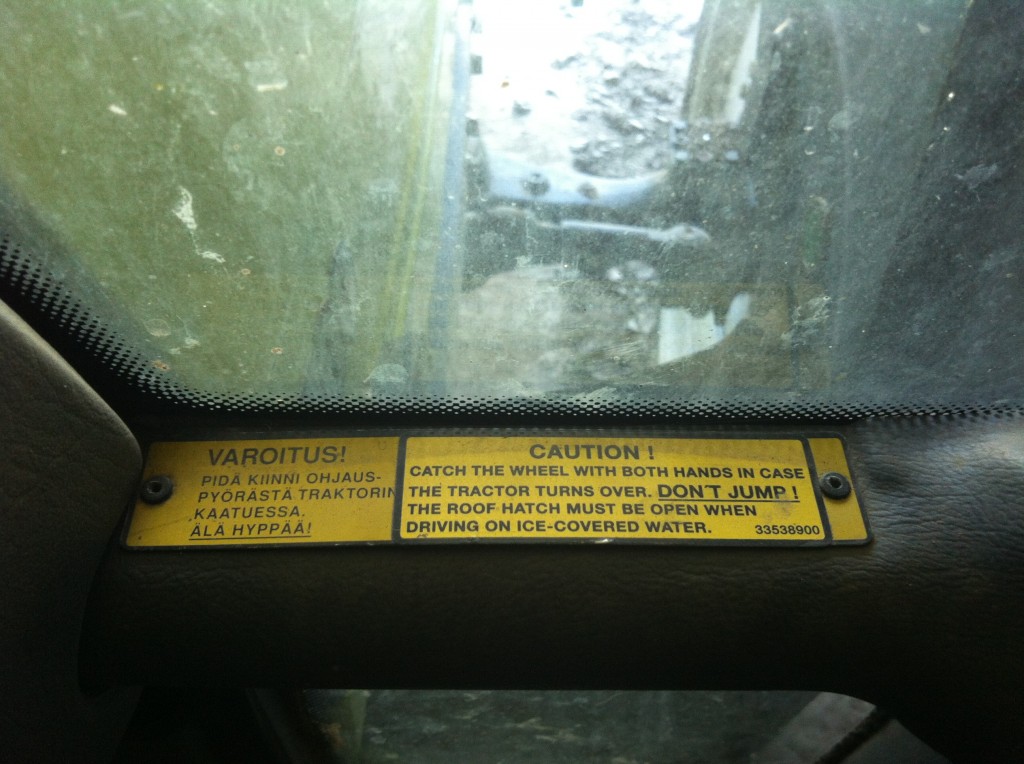
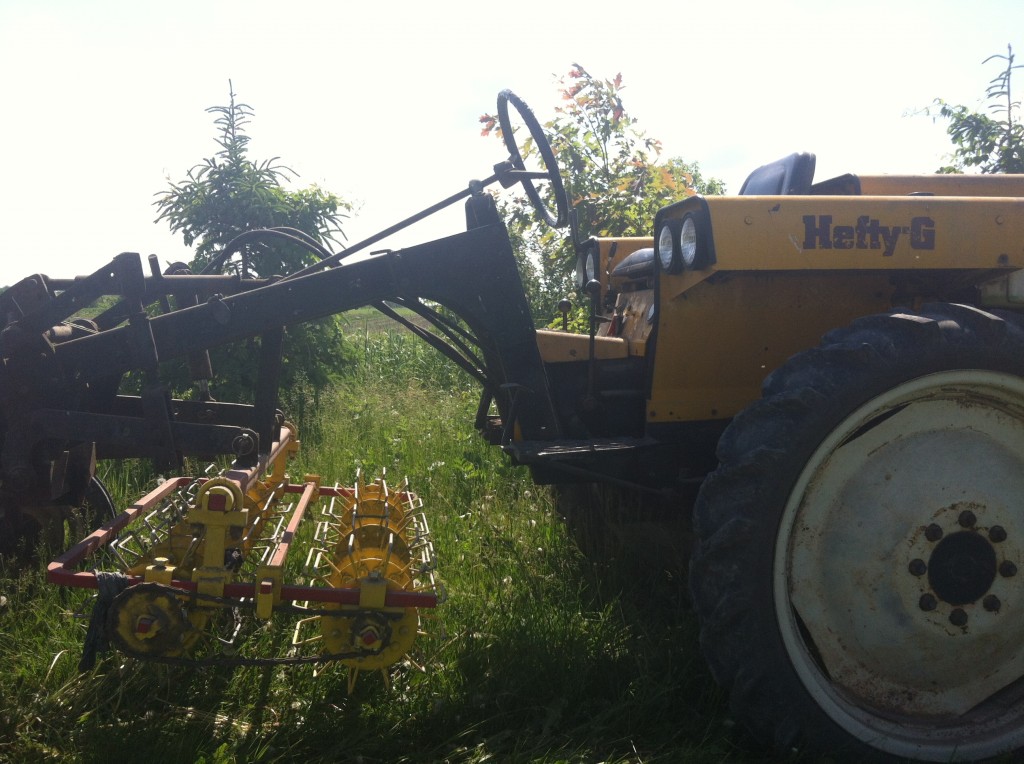
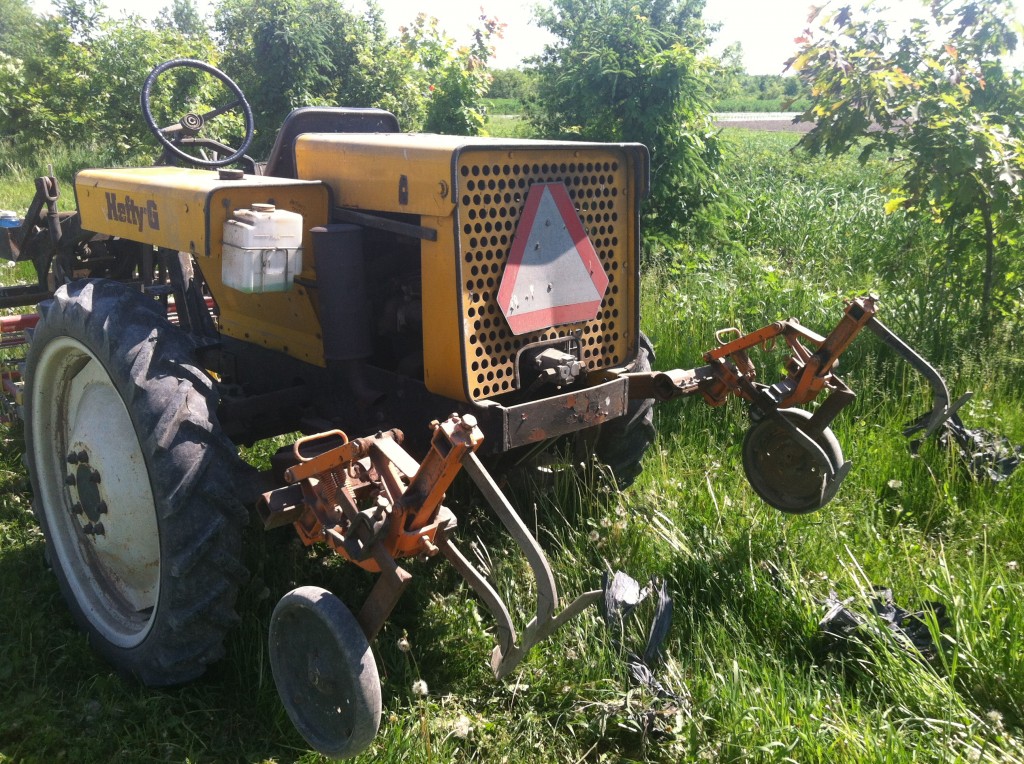

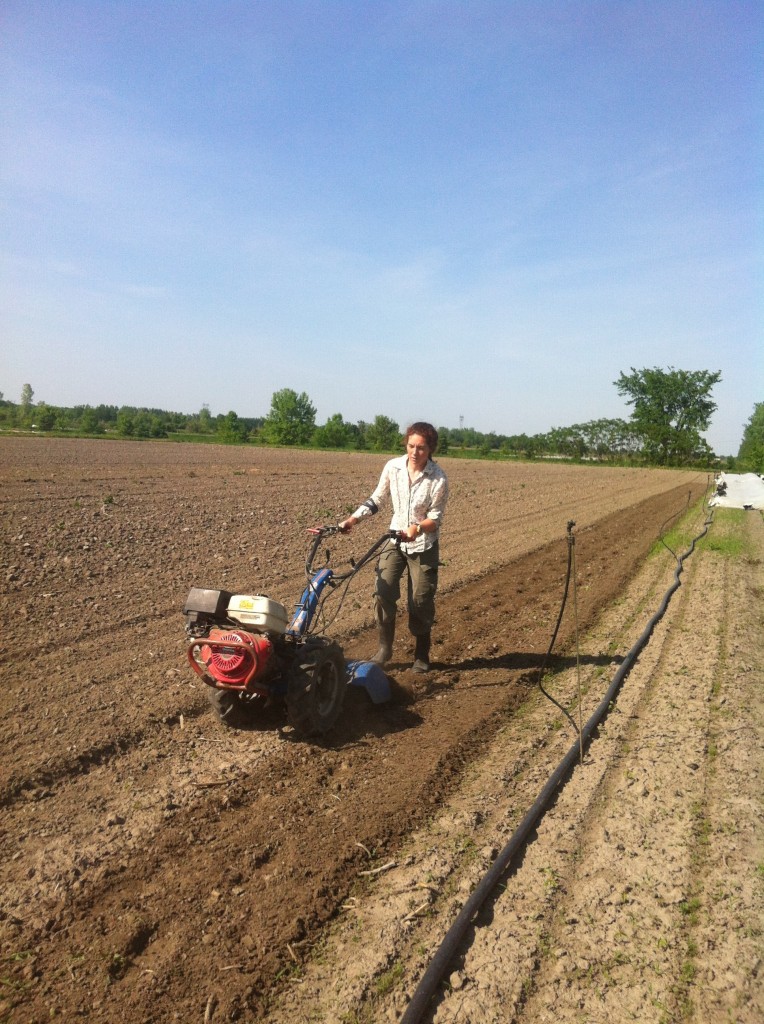
Hey Carol, Great blog post! Love your writing style (makes me chuckle) and very informative. I love learning about tractors. :D.
Pingback: d’un ail à l’autre | carol cultivates